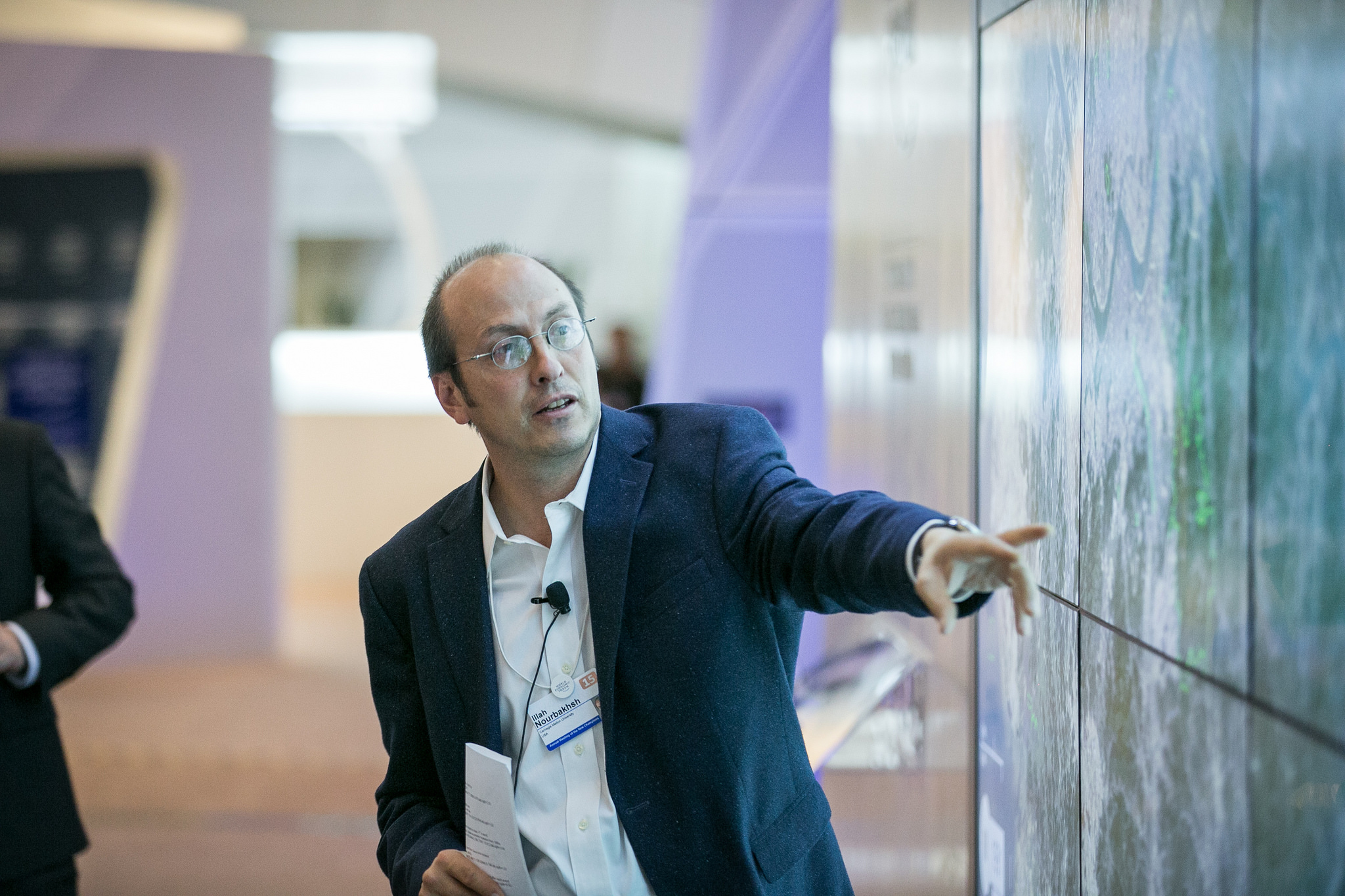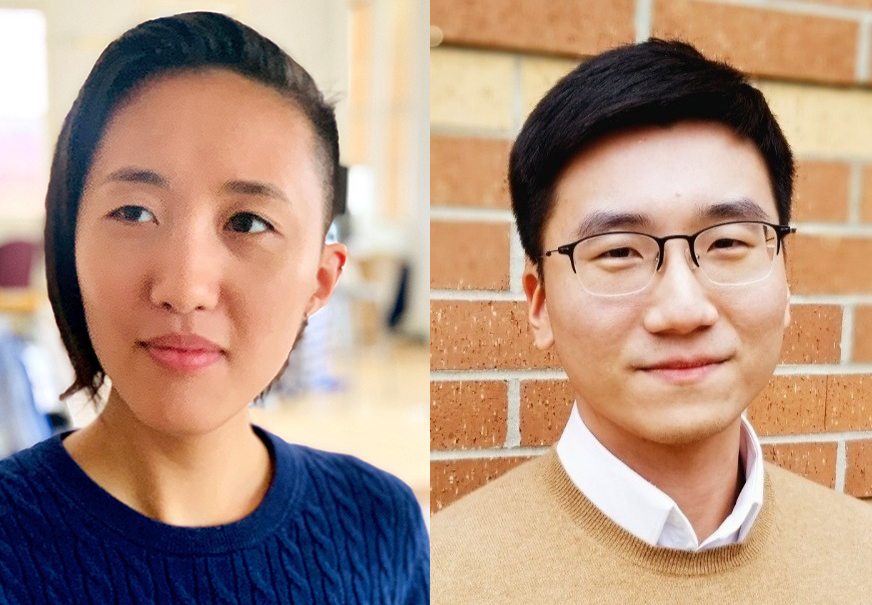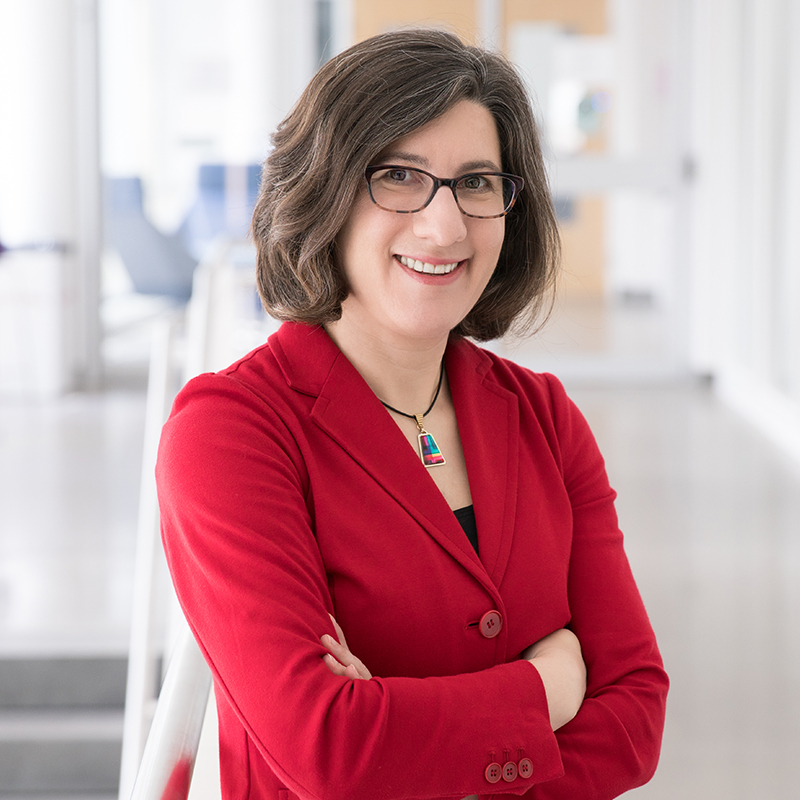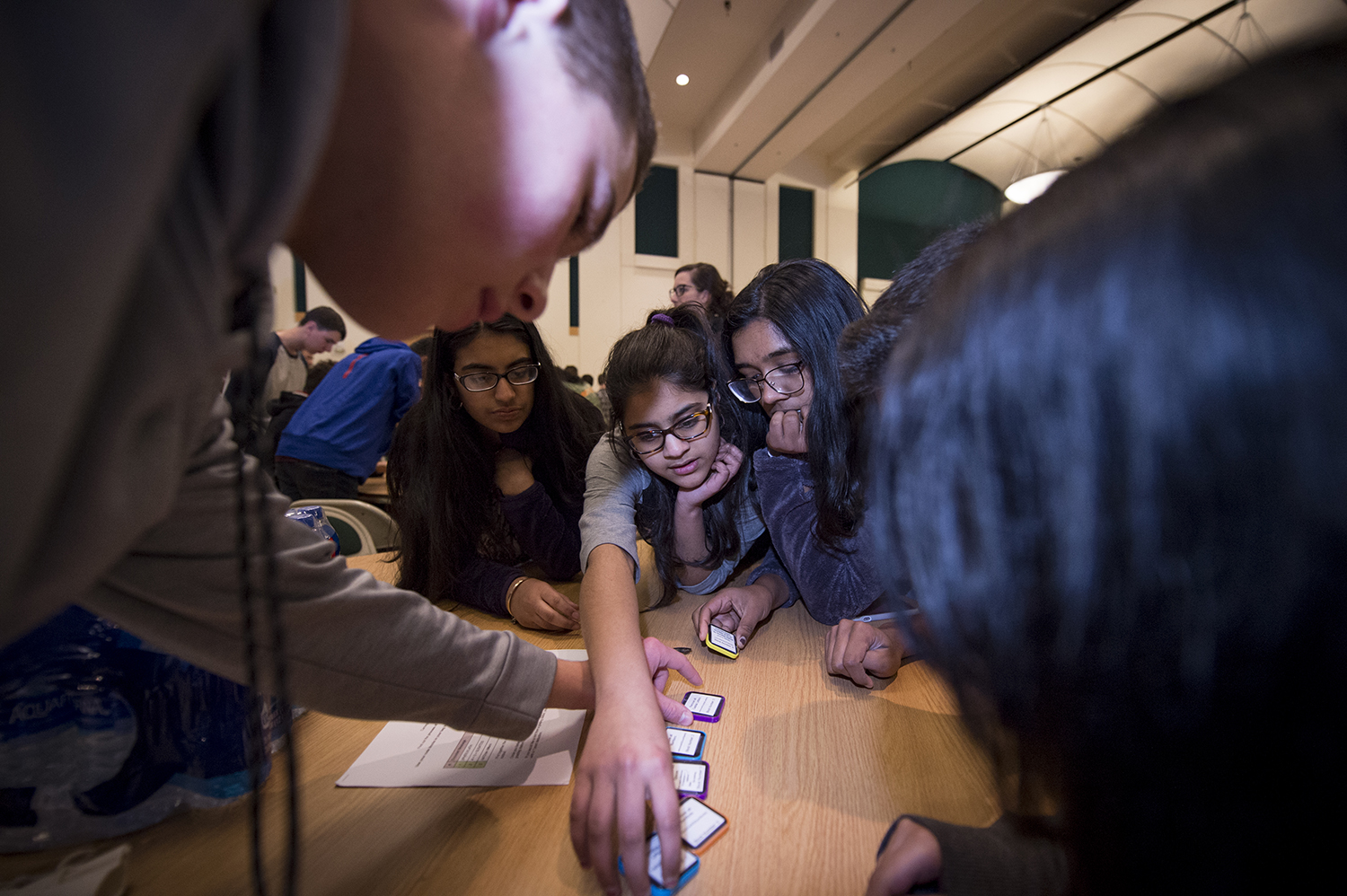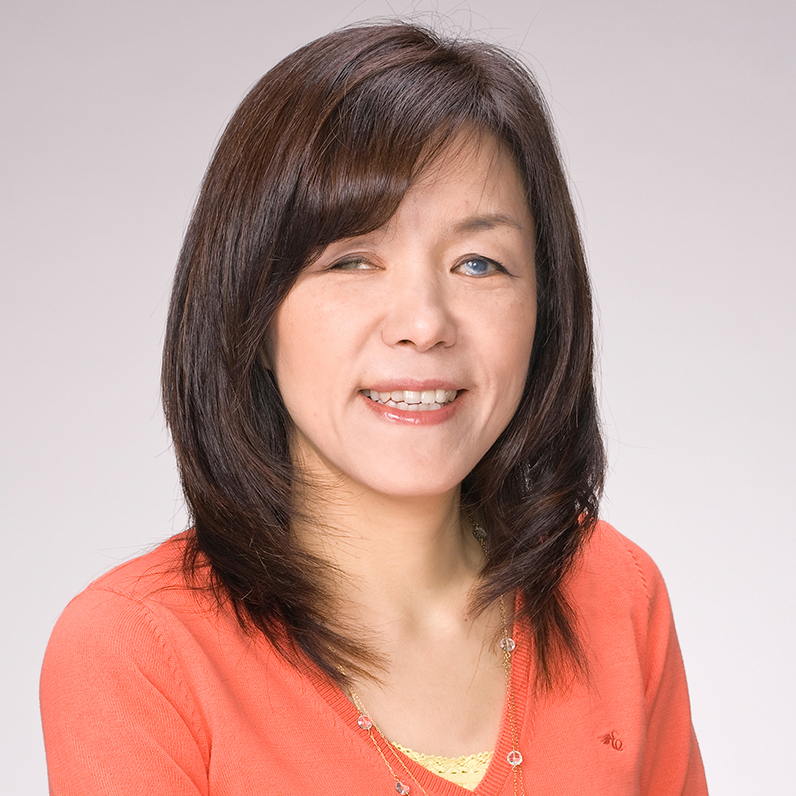Nourbakhsh Elected as Hastings Fellow
Illah Nourbakhsh, the K&L Gates Professor of Ethics and Computational Technologies, is one of 18 newly elected Hastings Center Fellows, The Hastings Center announced today. The Hastings Center, a nonpartisan, nonprofit bioethics research institution founded in 1969, addresses fundamental ethical and social issues in health care, science and technology. The people it selects as fellows are individuals of outstanding accomplishment whose work has informed scholarship and/or public understanding of complex ethical issues in health, health care, life sciences research and the environment. Nourbakhsh is director of the Robotics Institute's CREATE Lab. His current research projects explore community-based robotics, including educational and social robotics and ways to use robotic technology to empower individuals and communities. He is the author of "Robot Futures" and "Parenting for Technology Futures," and co-author of the textbook "Introduction to Autonomous Mobile Robots." He is a World Economic Forum Global Steward and a member of the Global Future Council on the Future of AI and Robotics and the IEEE Global Initiative for the Ethical Considerations in the Design of Autonomous Systems. In addition to Nourbakhsh, the new fellows include J. Paul Kelleher, a bioethicist at the University of Wisconsin; Robert Cook-Deegan of Arizona State University's School for the Future of Innovation in Society; and Rosemarie Garland-Thomson, a disability justice and culture thought leader who teaches English and bioethics at Emory University. To learn more, visit The Hastings Center website.

